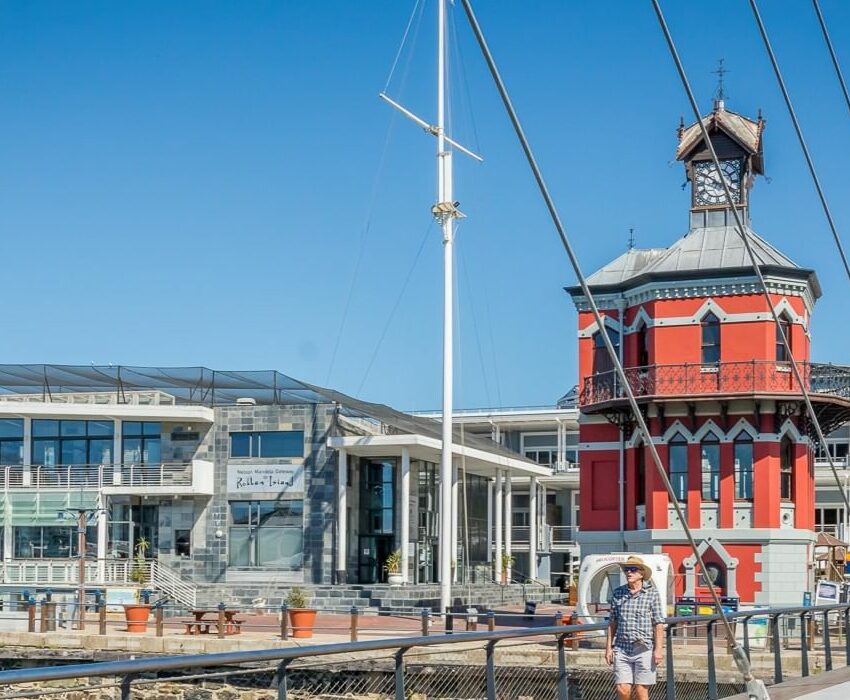
Following a power purchase agreement (PPA) with Etana Energy for 43 gigawatt-hours (GWh) of renewable energy annually, the V&A Waterfront is set to meet 70% of its energy needs with electricity from wind and solar farms operated by independent power producers.
The arrangement is set to commence in early 2026. According to the retail giant, the ten-year PPA forms a key landmark in the rollout of the V&A’s sustainability strategy, which includes a commitment to net-zero carbon emissions by 2035.
“90% of the waterfront’s emissions come from energy purchases,” said Executive Manager of Operations at the V&A André Theys in a statement.
“So the PPA with Etana will make a major contribution to reducing the neighbourhood’s carbon footprint.”
With the Etana arrangement, alongside the addition of rooftop solar panels, almost 80% of the waterfront district’s electricity will come from renewable sources.
André adds that by doing so, it will also benefit the wider community.
‘The V&A’s sustainability strategy is based on a shared value ecosystem in which everyone at the waterfront – tenants, residents, staff and visitors – works together to make our precinct the best it can be.
“By being proactively innovative, we can showcase what’s possible and provide proof points that make it easier for others to follow in our footsteps. The PPA with Etana Energy is a great example of this approach,” said André.
Attracting 24 million visitors per year, the company says that improving energy efficiency forms one of the key pillars of the V&A sustainability strategy.
As part of the strategy, the V&A has already cut down carbon emissions by 47%, water usage by 61% and diverted 62% of all organic and recyclable waste from landfills, with plans to phase out single-use plastics by 2025 underway.
The Etana PPA follows a similar deal between Growthpoint Properties – the joint owner of the V&A Waterfront with the Public Investment Corporation – and Etana Energy. That agreement is for 195 GWh of renewable energy annually, representing 32% of the company’s total yearly energy consumption.
The precinct’s forthcoming waste-to-energy pyrolysis plant will produce synthetic gas for electricity, alongside solar power, while a blackwater treatment plant produces treated effluent used for flushing toilets.
The V&A added that a desalination plant has the capacity to transition the entire district off from the City of Cape Town’s water supply.
Completed by Tauhira Ajam
First published by Cape Town etc
Also see: Budget-friendly travel destinations in Africa




